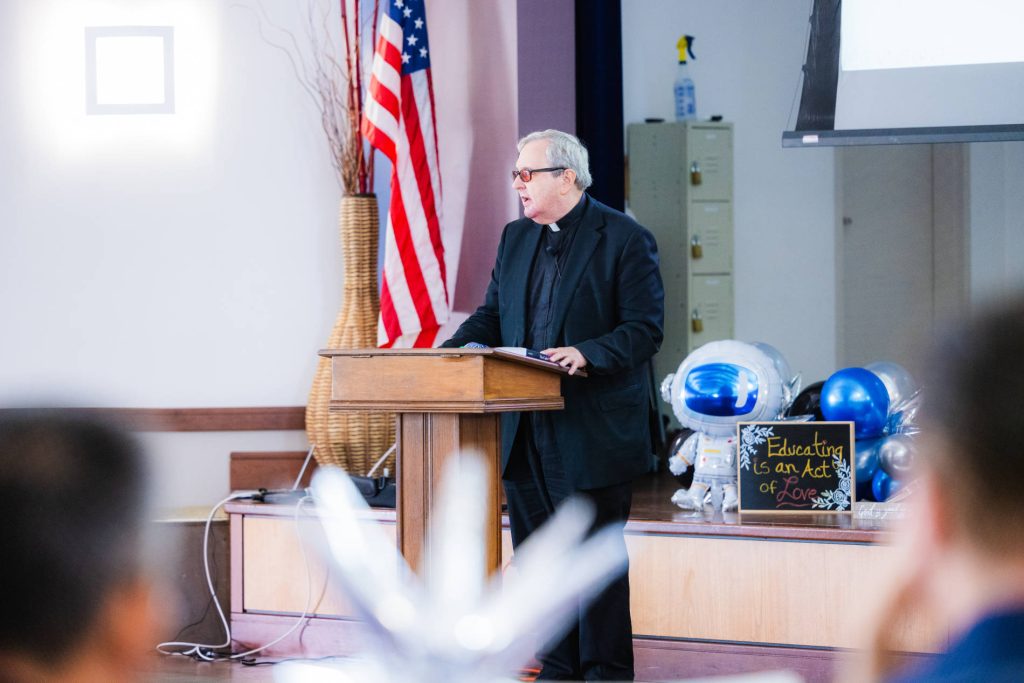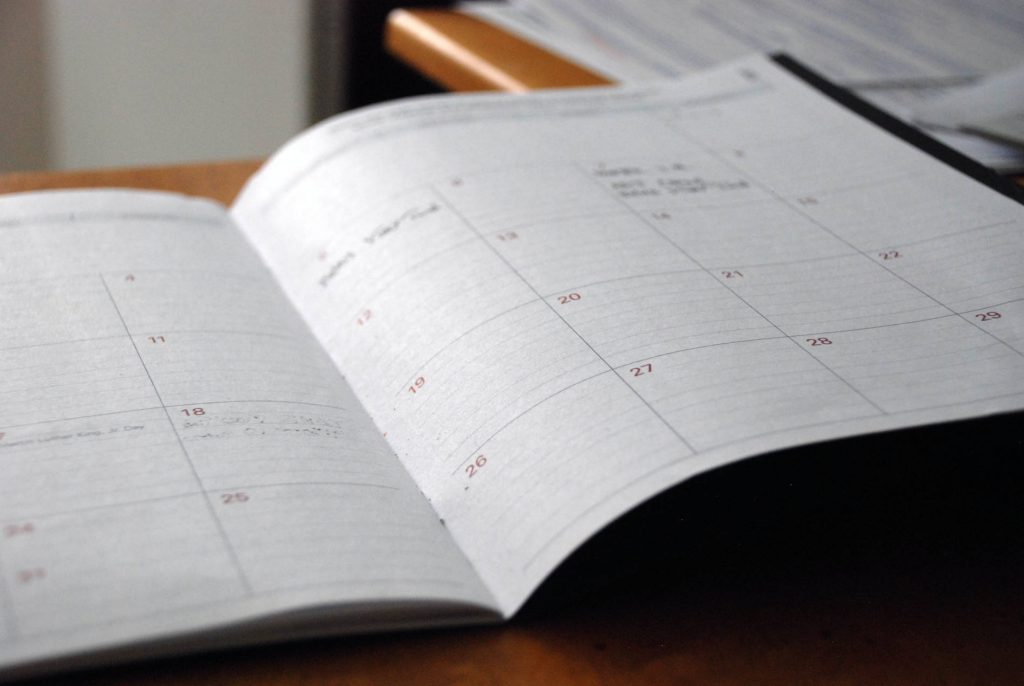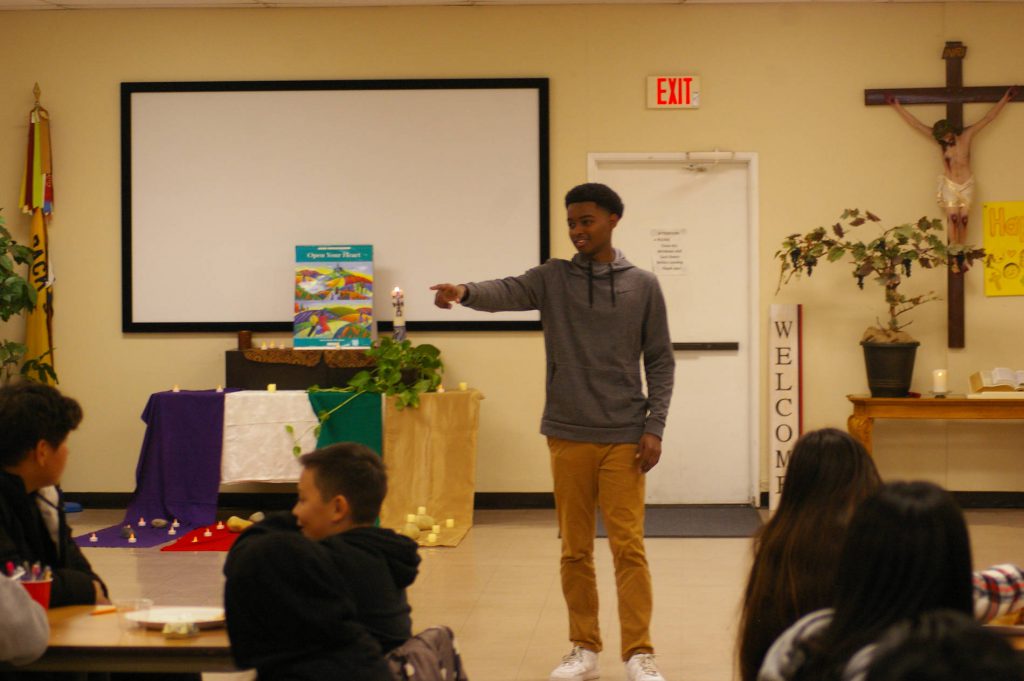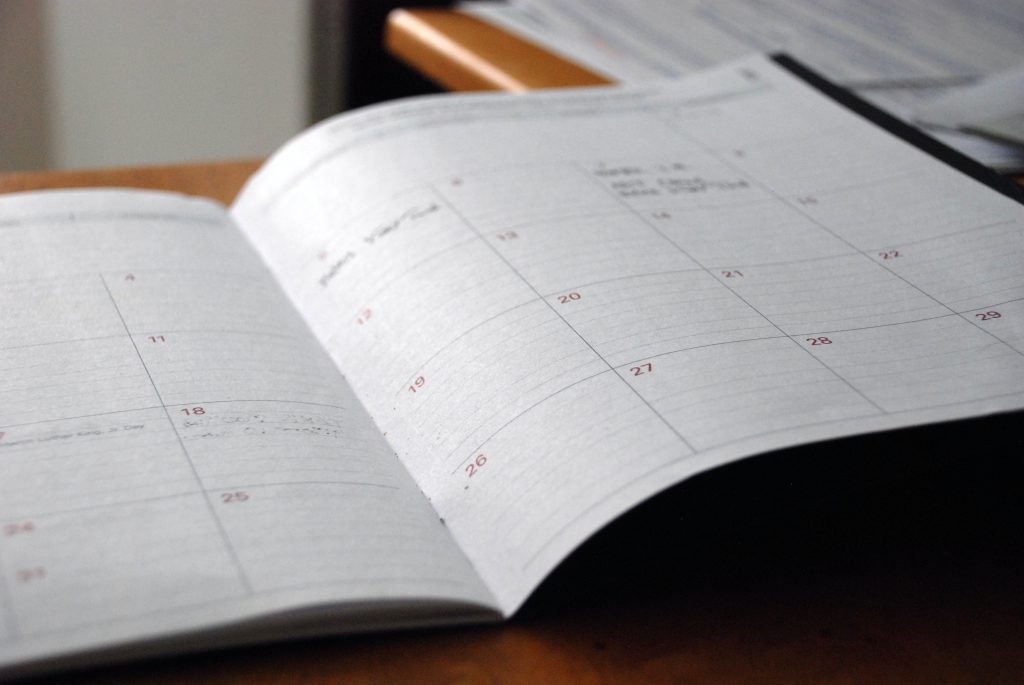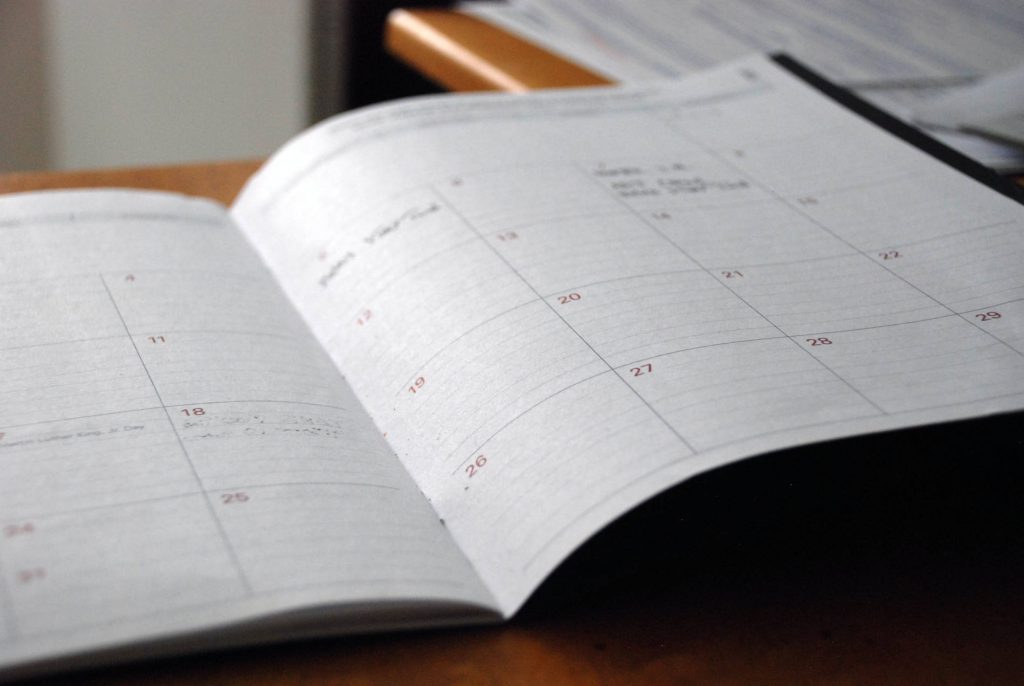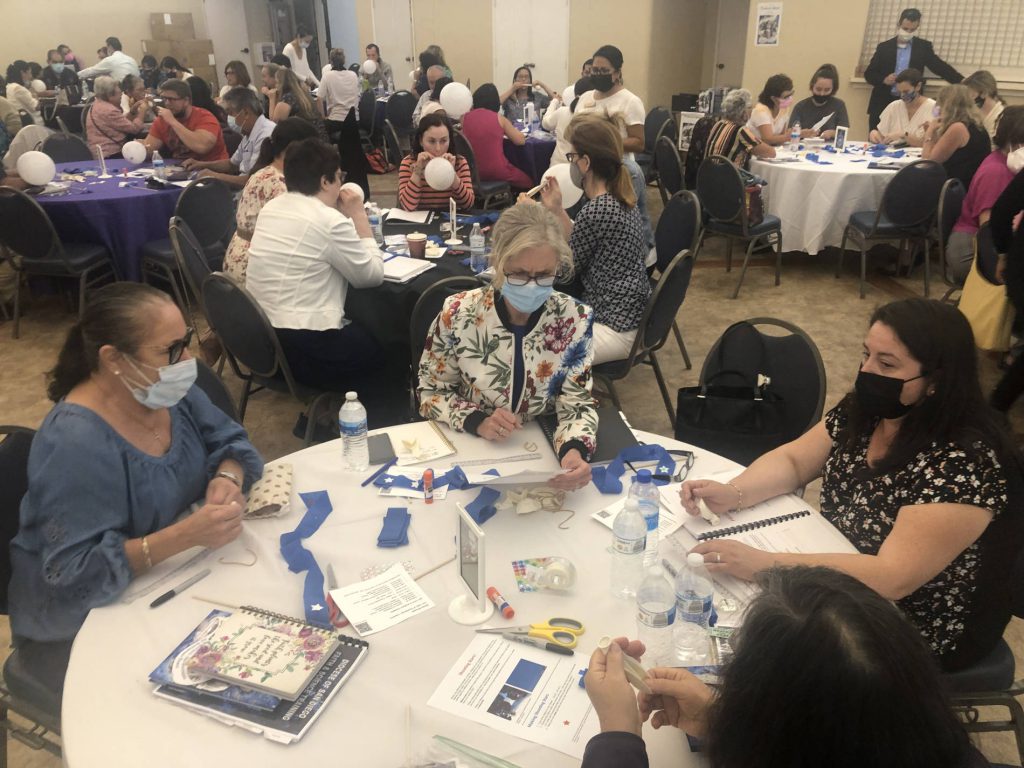CHULA VISTA — Two years ago, the Diocese of San Diego adopted an educational curriculum designed to counter a leading cause of young people leaving their faith: the myth that faith and science are incompatible.
Cardinal Robert W. McElroy required that it be taught at Catholic schools and in parish religious-education classes throughout the diocese at the middle-school level.
Jesuit Father Robert Spitzer, who created the Credible Catholic curriculum through his nonprofit The Magis Center, recently returned to the diocese to lead his third conference for local catechists and Catholic school educators in as many years.
In 2021, he introduced “Evidence of God’s Existence from Science,” the second of Credible Catholic’s “seven essential modules.”
In 2022, he returned to present on Module 6, “True Happiness,” which identifies four levels of happiness that range from pleasure to the transcendent level; the latter is associated with one’s relationship with God.
Father Spitzer’s most recent conference, held Aug. 11 at St. Pius X Parish in Chula Vista, was intended to provide a refresher on both modules and an opportunity for educators to share best practices on implementation.
The conference, like the previous ones, was a joint project of the diocesan offices for Evangelization and Catechetical Ministry and for Schools. About 135 people attended.
Father Spitzer had high praise for the diocese’s implementation of the curriculum, which consists of a series of online video modules. They were developed in response to a study showing that 42% of young Catholics will stop believing in God before age 25, and half of them will do so because they mistakenly think that science disproves religion.
“Nobody could have been more collaborative and cooperative than the San Diego Diocese,” he told The Southern Cross.
He praised the teachers and catechists who attended the recent conference, saying that they “care enough to learn something new.”
“What I love about San Diego,” he said, “is there’s enough love of the students in this diocese (to learn to teach this material). … They’re not experts in this area, but they’re willing to give something new a try.”
Along with Father Spitzer’s presentations on Modules 2 and 6, this year’s workshop included a “Faith and Science Fair,” with tables staffed by catechists and teachers who have been leaders in implementing the curriculum locally.
Access to the fair, which was held in the parish parking lot, was via a tent decorated to represent a “wormhole” through space. Participants received a “passport” to make their interstellar journey and, in doing so, experienced firsthand an example of the type of fun activities that they can use to bring this curriculum to life for their students.
Marioly Galván, diocesan chancellor and director of the Office for Evangelization and Catechetical Ministry, said that the event equipped participants to take what might be considered “a dense topic” and “unleash the creativity,” presenting it in such a way that “it’s fun and it’s exciting for students.”
Leticia Oseguera, diocesan superintendent of schools, said that participation in the Father Spitzer-led workshops has “increased dramatically” since the first one in 2021.
“Leaders and educators feel more confident in delivering the two modules, Module 2 and Module 6, especially after the last two conferences,” she said. “Therefore, the number of schools implementing both modules has increased every year.”
Isela Arrona, director of catechetical ministry at St. Anthony of Padua Parish in National City, has been “very impressed” by Credible Catholic’s curriculum, finding it “eye-opening … to see what a role the Church has had in the sciences.”
She recounted an experience last year when her pastor and another priest attended one of the lessons and remarked that even they had “never heard of a lot of this stuff.”
Gaby Peña, a catechist at St. Anthony of Padua Parish, showcased some of the activities that her parish uses to teach the curriculum, including having the students create pop-up books and “squash” cards filled with summaries of their lessons.
Rachel Miller, a teacher at St. Didacus School, admitted to feeling “a little overwhelmed” two years ago when Module 2 was first presented by Father Spitzer.
She was concerned that the science involved was “beyond” her, let alone her students.
“But it’s presented in such a simple way … that the kids have a blast,” she said.
Miller said she knows the curriculum has been making an impact because she hears from parents whose children have told them what they’ve learned.
“My reaction was skepticism,” said Molly Bennett, a teacher at St. Katharine Drexel Academy, recalling her first take on the curriculum two years ago.
Bennett said that she had grown up content with a “blind faith” and without feeling the need to “justify” what she believed.
“With today’s kids, though,” she acknowledged, “some of those kids do need that justification, that proof.”
Bennett said that only about half of her school’s students are Catholic. The other half includes members of other religions as well as those without any religious affiliation.
She said some of her middle-school students have identified themselves as agnostic and see their religion classes as “just another subject to just get an ‘A’ in.” But, with the curriculum, she said, most of these students leave her classroom realizing that they aren’t atheists after all, that they are “at least agnostic, on the way to believing.”




